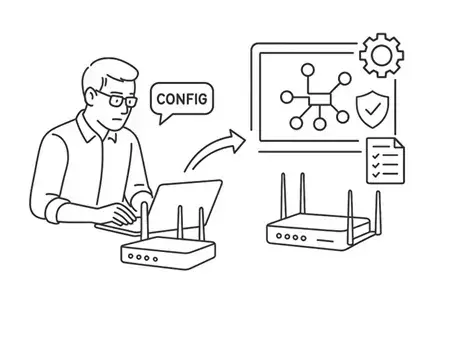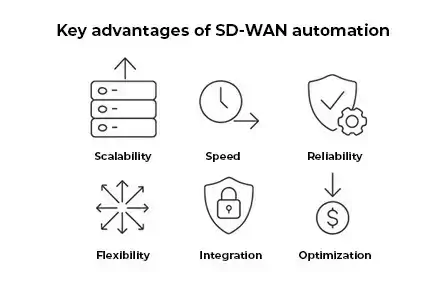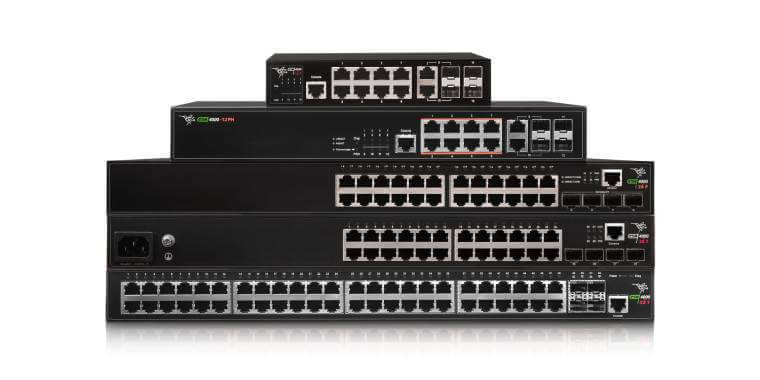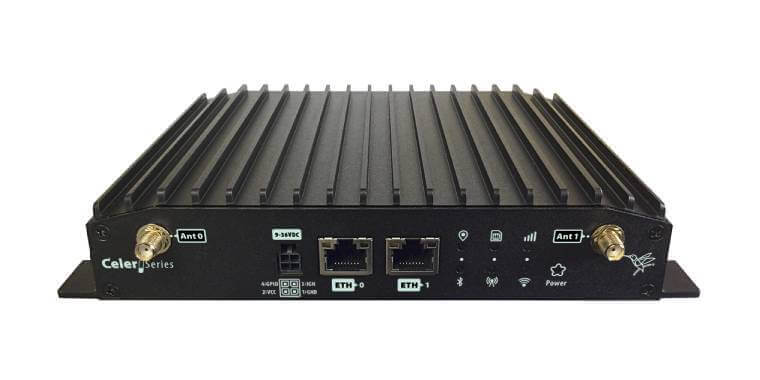Today’s corporate networks are undergoing rapid transformation. The digitization of processes, mass adoption of cloud applications, and the growth of remote work have made connectivity a strategic resource. SD-WAN has become a key technology, enabling traffic optimization, robust security, and streamlined management of shared networks. This evolution raises a critical question: how can organizations maintain operational simplicity in networks made up of hundreds of thousands of distributed routers across multiple sites?
The answer lies in automated SD-WAN templates—an approach that allows devices to be configured quickly, securely, and at scale, reducing errors and significantly shortening deployment times.

Transformation toward faster, more secure processes
Until recently, router configuration followed a traditional, manual pattern. Each device had to be configured individually—via console or graphical interface—applying network parameters line by line.

This approach was manageable for small deployments but became a serious operational challenge as networks scaled.
The industry was all too familiar with the consequences:
- Frequent errors, caused by the manual repetition of commands.
- Lengthy deployment times, sometimes stretching into weeks for national or international projects.
- High operating costs (OPEX), driven both by labor requirements and corrective support after deployment.
- Maintenance difficulties, since every change had to be applied manually across dozens or even hundreds of devices.
The introduction of pre-defined SD-WAN templates and profiles brought greater standardization to configuration. However, many of these solutions were still static and required significant manual intervention to adapt to each customer’s needs.
SD-WAN Automation: security, scalability, and control
Intelligent template automation sets a new standard in SD-WAN management. By integrating dynamic logic and unattended deployment, it accelerates rollouts and reduces human error.
What is an SD-WAN template?
An SD-WAN template is a predefined set of configurations that specify network, security, and traffic policy parameters.
These configurations are automatically applied to each router based on its profile, which may correspond to:
- Headquarters
- Remote branch
- Data center
How does automation work?
1 – Profile definition
The administrator creates profiles for different devices or network locations. These profiles may include:
-
- IP addresses
- VPN tunnels
- Firewall rules
- QoS priorities
2 – Dynamic association
The management system automatically assigns the appropriate profile to each router based on its role, location, or credentials.
3 – Automatic generation
The platform generates the specific template from the assigned profile and prepares it for deployment, eliminating manual steps.
4 – Zero-Touch Provisioning (ZTP)
When a router connects to the network for the first time, it downloads and applies the template automatically, with no human intervention required.
Technologies that enable automation
Several technologies work together to ensure SD-WAN template automation is efficient, scalable, and reliable:
- NETCONF and YANG: provide a structured, standardized way to model network configurations.
- RESTful APIs and RESTCONF: facilitate seamless integration of SD-WAN platforms with external systems.
- Python: the most widely used language in network automation, ideal for scripting and management tools.
- Go (Golang) and Node.js: commonly used in modern SD-WAN controllers for performance and scalability.
- Ansible and Terraform: enable declarative, reproducible deployments, minimizing manual intervention.
Key advantages of automation:
- SD-WAN template automation delivers tangible benefits that directly enhance network operations and management.
- Real scalability: enables the deployment of hundreds of devices simultaneously without increasing operational workload.
- Faster deployment: reduces rollout times from weeks to hours, accelerating network implementation.
- Reliability and consistency: uniform configurations minimize human error and uphold corporate standards.
- Advanced flexibility: dynamic templates adapt to different environments and device profiles.
- Security policy integration: ensures that all sites apply the same security and compliance standards.
- Cost optimization (OPEX): lowers operating and support expenses while improving the efficiency of network equipment.
Convergence of simplification and scalability with SD-WAN
Template automation brings together two key trends: the need to simplify management and the requirement to scale rapidly in increasingly complex networks.
SD-WAN provides the architecture, while automation transforms it into a practical, efficient, and reliable solution. At Teldat, we have developed our own approach to SD-WAN template automation, combining flexibility, speed, and security.
Our solutions enable operators and enterprise customers to deploy entire networks in record time, minimize errors, and maintain centralized control. For example, Teldat successfully executed the largest SD-WAN deployment in Europe: the Corporate Telecommunications Network for the Regional Government of Andalusia (RCJA), which spans more than 10,000 sites and over 90 public institutions—making it one of the most extensive and complex infrastructures on the continent.




























